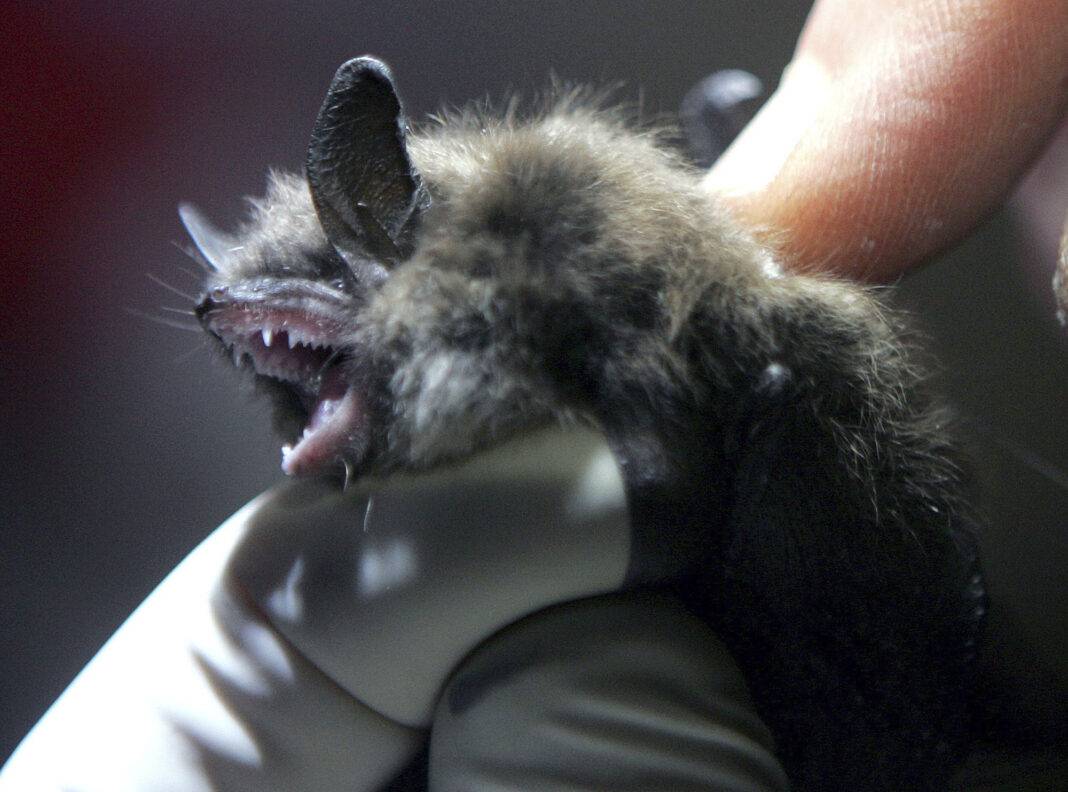Bat populations in North America have been having a rough time over the past 15 years. Some of our most iconic and important bats have declined more than 90% in just the past decade. And this is largely due to the introduction of an invasive fungal species, Pseudogymnoascus destructans, the fungus that causes the disease White-Nose Syndrome (WNS).
The first documentation of the fungus and WNS was in a cave that bats use for hibernation connected to cave ecotourism in Upstate New York in the mid-2000s. Since then, WNS has run rampant across the continent. Spores of this fungus were most likely brought from their native region, Eastern Europe, on the clothing/gear of ecotourists. The fungus thrives in the same environments that bats use for roosting and hibernation leading to its successful continental spread.
WNS is named for the visible white fungus that grows on the muzzles and wings of infected bats. The fungus causes irritation as it infects the exposed skin disrupting hibernation. The average body temperature of a bat is 40 degrees during hibernation. When awakened, those temperatures can climb to 100 degrees. Bats store up fat to use during hibernation, and if they use up the reserves on waking up and raising their body temperature, they can starve to death before hibernation is done.

Efforts to eradicate WNS by humans have been unsuccessful, but general bat population preservation efforts have led to increased genetic diversity in bat species which is improving WNS survival. Some bat species are already rebounding from WNS population devastation. For example, there are Little Brown Bats that have a natural genetic predisposition to fighting off fungal infections; these bats are more likely to survive WNS and pass on those fungal-fighting genes to their offspring. We are seeing natural selection happening in real time, in overdrive.
This is where the work of Gotham Bat Conservancy and our members comes into play. The work that we do now is wildly important and will have a tremendous impact on the future of our resident New York bat populations. WNS is not the only threat to bats. More than half of the bats in the United States are in severe decline or are now endangered. By establishing, supporting, and protecting bat habitats, we are allowing these WNS resistant bats the opportunity to more rapidly rebound their population numbers.
Field Notes is a section in Bluedot Living Brooklyn dedicated to amplifying organizations doing important work in Brooklyn and beyond. Field Notes are authored by the organizations and edited for clarity by Bluedot. If you would like to submit a Field Note, email bl*****@br***********.com


